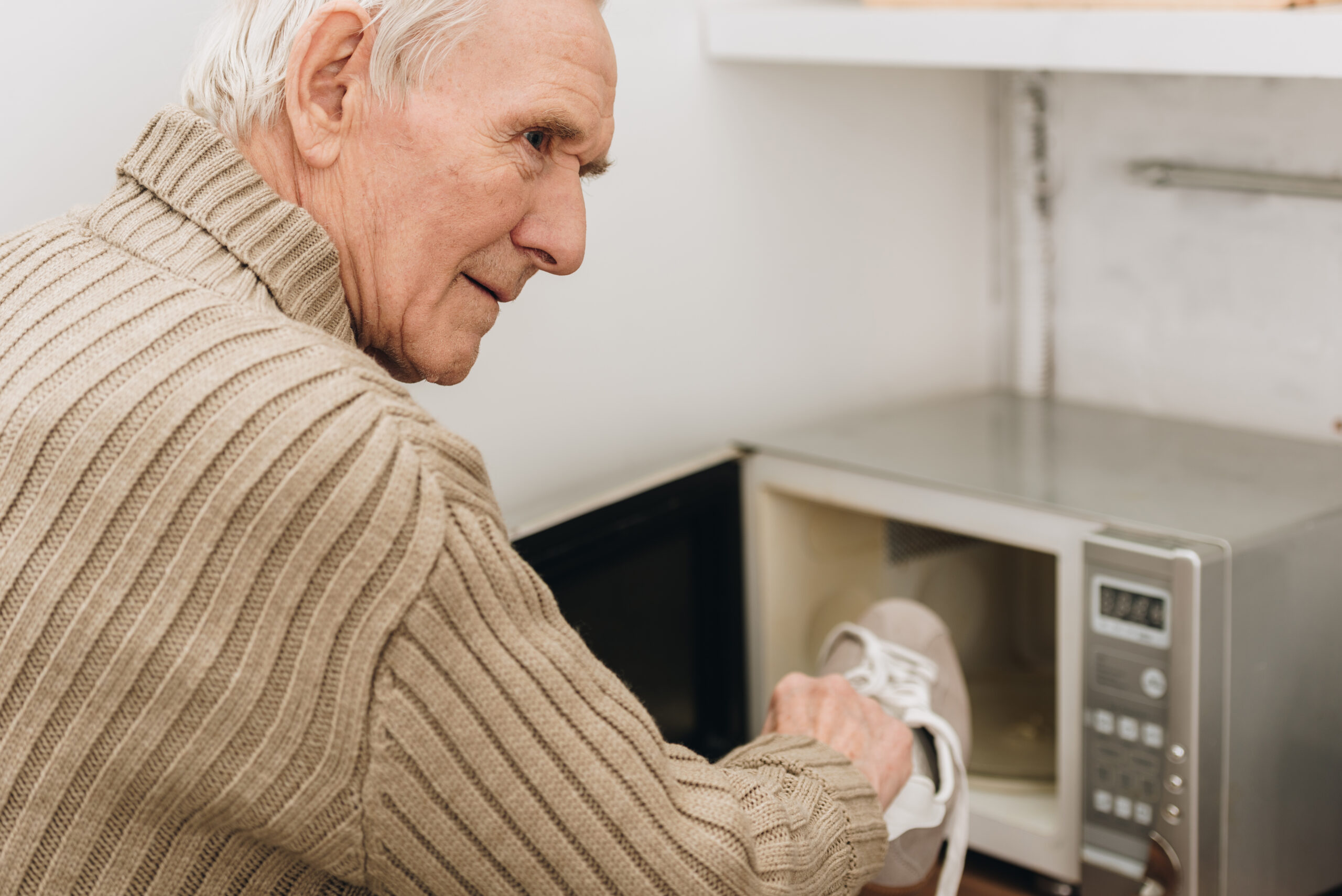Why joint replacement is more common after 65
Joint replacement surgeries, such as hip and knee replacements, are becoming increasingly common among people over the age of 65. This trend is largely driven by the rising prevalence of osteoarthritis (OA), a condition that affects the joints and can lead to severe pain and mobility issues. By the time people reach their mid-60s, many have developed OA, which can significantly impact their quality of life.
As the population ages, the demand for joint replacement surgeries is expected to grow. These procedures are often seen as a last resort after other treatments have failed to provide relief. The decision to undergo joint replacement is typically made when the pain and disability from OA become unbearable, and the benefits of surgery outweigh the risks.
Another factor contributing to the increased frequency of joint replacements in older adults is the advancement in surgical techniques and prosthetic materials. Modern prosthetics are designed to be more durable and compatible with the body, reducing the risk of complications and improving outcomes. Additionally, the recovery process has become more efficient, allowing older patients to regain mobility and independence sooner.
Socioeconomic factors also play a role in the accessibility of joint replacement surgeries. While financial considerations can be a barrier for some, many older adults have access to healthcare systems that cover these procedures, making them more feasible.
The lifestyle changes that come with aging also influence the decision to undergo joint replacement. As people age, they may experience a decline in physical activity due to joint pain, which can lead to other health issues. Joint replacement surgery offers a chance to restore mobility and engage in activities that were previously limited by pain.
Overall, the combination of medical advancements, demographic changes, and the desire to maintain an active lifestyle contributes to the increased prevalence of joint replacement surgeries among individuals over 65.





